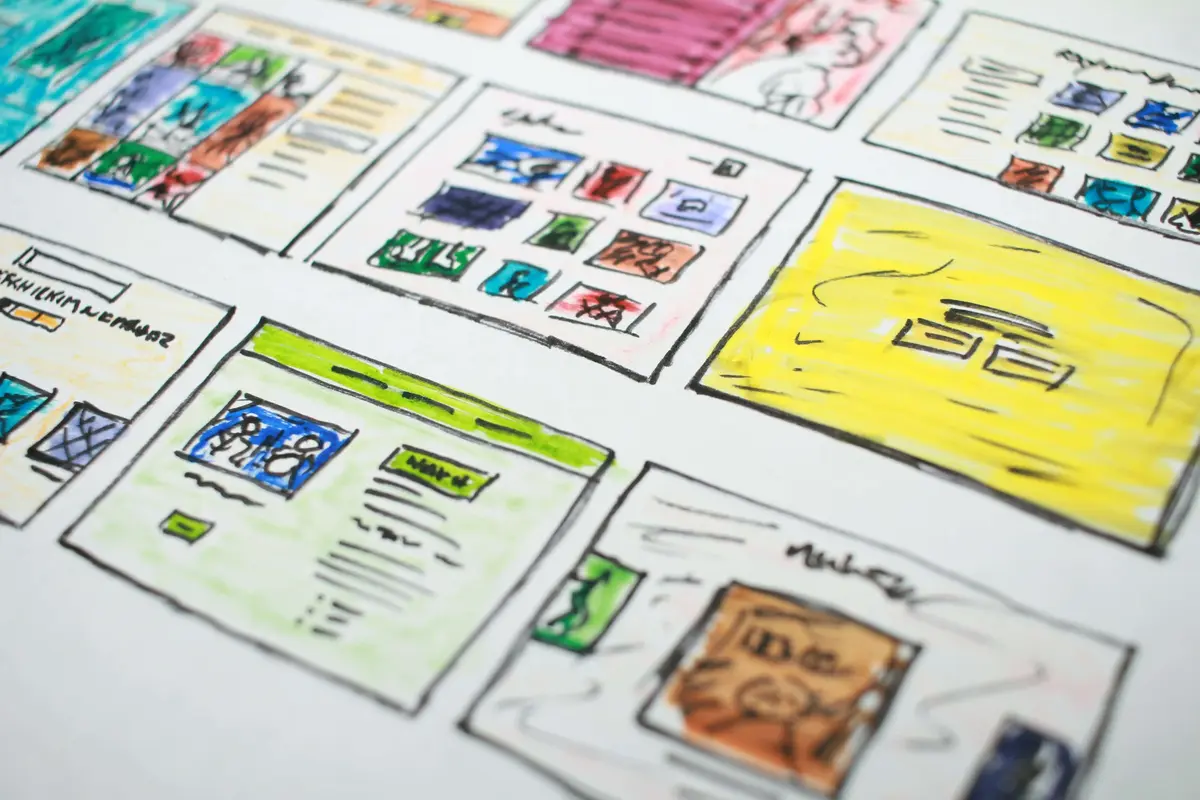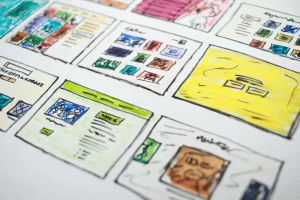Websites serve as gateways to a vast world of information, services, and products. However, to make a strong impression and keep users engaged, it’s essential to integrate innovative and interactive design elements. Animations have become a key tool in web design, significantly impacting user engagement. This article explores the influence of animations in web design, highlighting their benefits in terms of user engagement and storytelling.
The Benefits of Animations in Web Design
1. Increased User Engagement
Animations bring an interactive element that captures users’ attention and keeps them on the site for longer. For example, animations can be used to highlight action buttons, navigation menus, or key content elements, making the user experience more enjoyable and intuitive. The longer users stay on the site, the higher the chance of converting them into customers or keeping them interested.
2. Enhanced Information Retention
Animations can help users digest complex information more easily. Through animated graphics or interactive infographics, you can explain challenging concepts in an easily understandable way. This is especially important for educational websites or those offering complex products or services. Animations can make the learning process more engaging and efficient.
3. Interactive Storytelling
Animations allow web designers to tell interactive stories. They can be used to illustrate a brand story, create a narrative that guides users through the site’s experience, or add gamification elements to keep users engaged. By using animations, you can convey your brand’s key messages and differentiate yourself from competitors.
Types of Animations in Web Design
1. Background Animations
Background animations have the ability to enrich a website’s look and feel. These animations may involve slow-motion effects on elements such as images or color gradients, contributing to a sense of continuity and providing a more vivid appearance to the page. These effects not only add a visual touch of elegance but also captivate the visitors’ attention, guiding them toward the site’s main content.
2. Hover Animations
When site visitors move their cursor over interactive elements, such as buttons or links, hover animations can offer a visually pleasant response to acknowledge their actions. This visual feedback not only enhances the user experience but also makes it more comprehensible and engaging. Consequently, users are more effectively guided in their interactions with the site, contributing to increased engagement and an overall captivating experience on the platform.
3. Transition Animations
Transition animations are an effective tool for achieving seamless entry and exit effects as users move between different pages or sections of a website. Through these animations, a smooth and elegant transition is established between displayed content, ultimately leading to a more pleasant browsing experience, making content easier to navigate and understand for users.
4. Interactive Infographics
For websites providing complex information, interactive infographics are a valuable resource to help users explore data in detail. Through animations, users can engage actively with various elements of the infographic, enabling them to access additional and deeper information. This presentation method not only makes information more accessible and understandable but also encourages users to explore and discover content more thoroughly, contributing to a more interactive and engaging learning and informational experience.
5. Navigation Animations
Navigation animations are an essential tool for improving the browsing experience on a website, making it smoother and more enjoyable. These animations can encompass scroll or focus effects, guiding users in the desired direction as they navigate through the site’s content. Through these animations, not only is the environment made more user-friendly, but it also creates a more entertaining and engaging experience. Users are encouraged to explore content more enjoyably and quickly find the information or resources they need.
In conclusion, the intersection of User Experience (UX) and Search Engine Optimization (SEO) is crucial for the success of a website. UX factors such as site structure, navigation, and mobile adaptability can have a significant impact on SEO rankings. A well-designed site with a quality user experience not only attracts and retains users but can also achieve higher rankings in search engine results. Ultimately, to achieve success in today’s competitive online environment, it’s crucial to integrate UX and SEO strategies into website development and management.
Discover more about Enhancing User Experience through AI-Powered Adaptive Web Design
Follow us on social media:
Instagram: https://www.instagram.com/securemenow/
Facebook: https://www.facebook.com/securmenow
We offer Web Design services. Contact us







